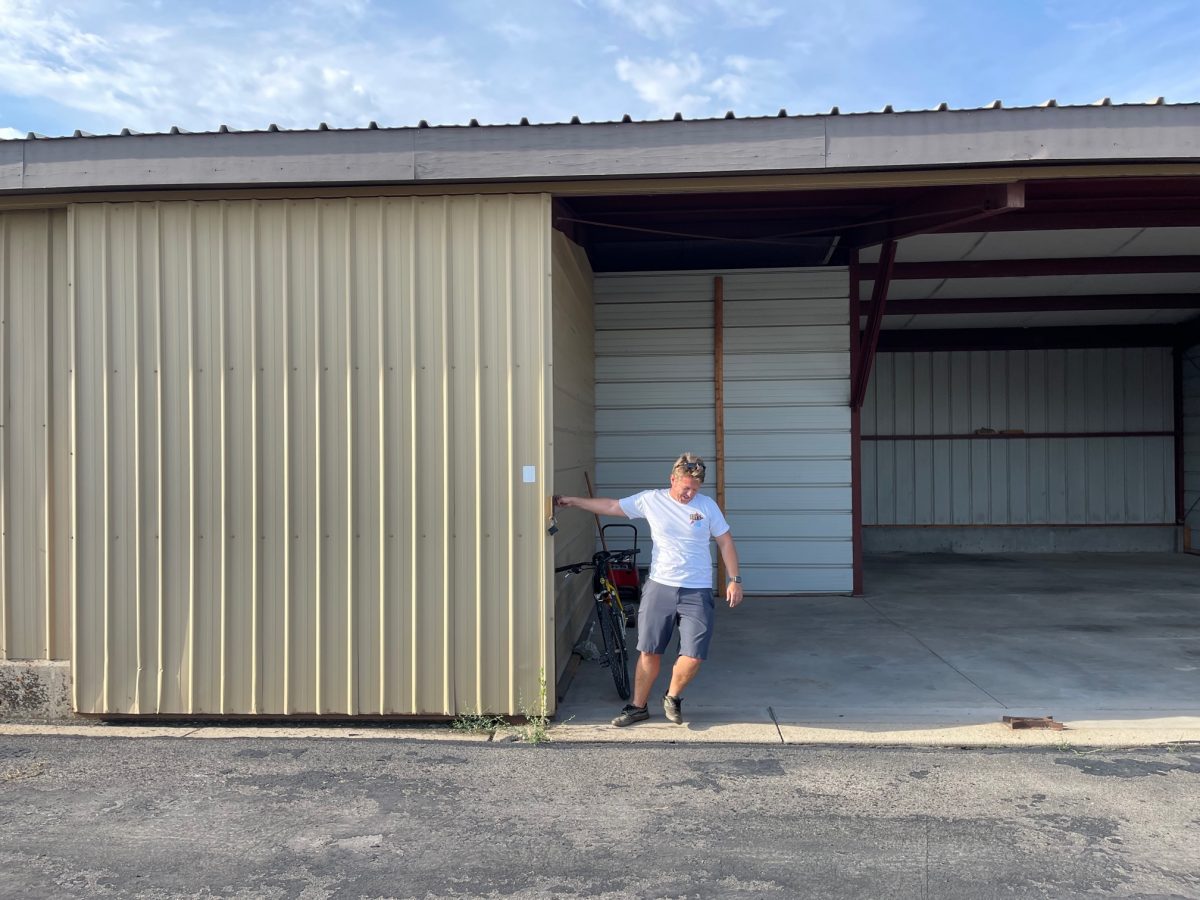Concrete floors. Steel structural beams. Corrugated sides and roof. The hangar that once held our Cub never felt like home. Hangars adjacent to it rarely opened, and even if they did, file cabinets, old refrigerators, and parts of what was once an experimental Super Cub that learned the lesson about landing on the Great Salt Lake the hard way were at the least quiet unimposing neighbors. Large gaps in the doors, sides, and pretty much all around the hangar kept our Cub covered in dust year-round. Not even 12 hours in the hangar, after an hour wash, wax, and detail job, was the Cub ever clean. But she was safe from the hail, the canyon winds, and for that I’ll be forever grateful.
The other issue was the drive. Early morning departures to the backcountry, alarms set well before the waking of the sun as to take advantage of cooler temperatures and calmer winds in the canyons, were many times too early. Almost forty-five minutes of driving just to get to the airplane to realize you forgot your handheld radio batteries surely upset a few local pilots in the pattern. Days scheduled for tinkering on the Cub had to be set apart, and rarely were visits to the hangar not lined up with expansive to-do lists to make the most of the journey.
Yesterday, however, I slid those doors shut for the last time and said goodbye to my quiet row of hangar neighbors at Skypark and flew the Cub to her new home at South Valley Regional Airport. And on that first arrival, three of my neighbors had their doors open, two of whom welcomed me into the neighborhood. General Aviation airports have interesting opportunities to not only be the welcoming environments for Disciples of Flight, but they also play a part in the perpetuation of our kind. The inclusion of a small parking area within view of the many airplanes and other aeronautical activities happening within can draw those outside our community in. Signs, scanners, airport cafes play large parts in this transformative process. But the onus is on us, the community itself, to open those gates, raise our hangar doors, and serve as stewards to those yearning for the skies.
Having a hangar within 10 minutes of my home surely will help with those early three in the morning wake up calls. Being that much closer means if I do forget those radio batteries, the local student pilots won’t have to worry about knowing my intentions. Most importantly, I’m looking forward to magnifying the innate calling bestowed upon me by those who’ve welcomed me into this world of flight to do that which was done in the past. Hangar barbecues, impromptu Young Eagles rallies, and late nights sitting around these magnificent machines hangar flying with the men and women that care for them. I may have had to endure thirty minutes of required training on “Foreign Object Debris” that clearly could have been an email, but to have these moments to not only be a part of the local aviation community, but to help cultivate the future Disciples of Flight will help me remember that it was clearly worth it.
